Four days at beautiful Lake St Clair and there were a couple of firsts for us. The wiser we become, yaah, the more we understand our mortality, and we have come to accept that life is, well – too short.
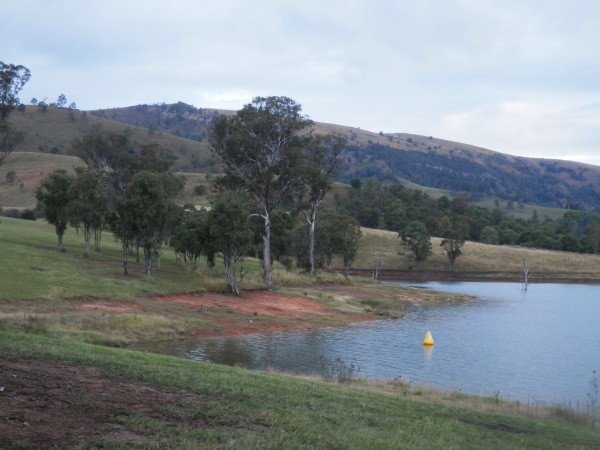
Too short for a number of things … like too short to read poorly written books, drink bad wine or eat bland food. So here’s the deal: well stocked e-readers, chilly bins (for us New Zealanders – squatters in this fair land) or eskies to my Aussie mates brimful with wine for four days, gourmet snacks (blue vein cheese, fancy crackers and hummus, yaah) and ingredients to prepare enough soul-food to keep the happiness radiating, ahh, and chocolate.
There are few things to beat doing life with good friends, unless it is doing life with good friends around a camp fire. Our Lake St Clair trip had a few firsts for the MOTH (Man of The House) and myself but we’re up for new experiences in the company of experienced folk to show the way.
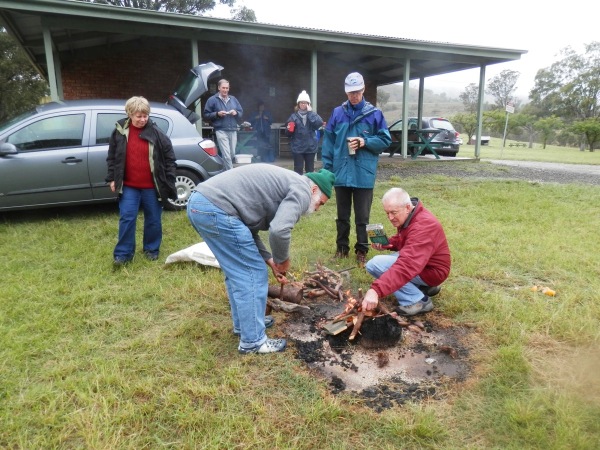
When the children were living at home roast dinners were part of the weekly menu. Baked vegetables, crispy potatoes and greens to accompany the roasted meat or chicken all doused in rich gravy – few meals surpass it for sheer deliciousness and comfort. Since the children flew the coup we have few roasts. Every now and again I cooked a pot roast with the trimmings. Now a roast comes in the form of a supermarket-bought cooked chook and the MOTH bakes the vegetables and the gravy is made from a tinned powder. No doubt about the rich flavours and yumminess of the meal … but, it just isn’t the same.
So when the eight of us decided it was time for a weekend away we put camp cooking on the agenda. Proper camp cooking is quite different from our usual meals prepared on a two burner gas cooker. Camp cooking is done in a Dutch Oven; a cast iron pot that sometimes has three legs that straddle the coals. The first time I heard the term Dutch Oven used in reference to this type of cooking utensil I was somewhat bemused. In South Africa, where I grew up, they are known as potjies (little pots or small pots) and dutch ovens were part of my boarding school flatulence humour.
Preparation for the camp cook up began shortly after breakfast when the fire was set, stoked and left to burn down to red hot coals – perfect for Dutch Oven cooking. We took over the camp ground outdoor dining area as the girls completed the meal prep and the boys played Bocce kept an eye on the fire.
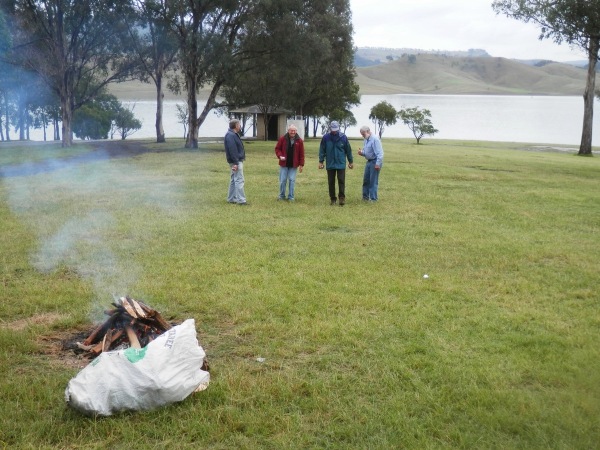
Into the camp oven went the chicken pieces along with the vegetables and starchy vegetables. The oven was carefully placed into the coals and the lid covered with hot coals too. We settled back to enjoy the surroundings, stoke the coals and wait for dinner to be ready.
As we sat around the table we were family and I loved it. The meal was cooked to perfection and the intrigue of cooking a sumptuous meal with basic utensils made it a real camp cooked meal. Delicious.

Camp Leader. Hi C!
The dessert to follow was caramelised autumn fruits with fresh cream and custard. Sitting in the after glow of a beautiful meal I was immensely grateful for my elastic-waisted trousers.
When dinner had settled and the dishes cleaned it was time for afternoon. I know, I know
The coals were still burning when we placed the camp oven back into the fire pit with a traditional damper mix. Real billy tea, cooked in a billy suspended from a tripod, freshly baked damper drizzled with syrup and cream. Decadent, definitely. Delicious, absolutely.
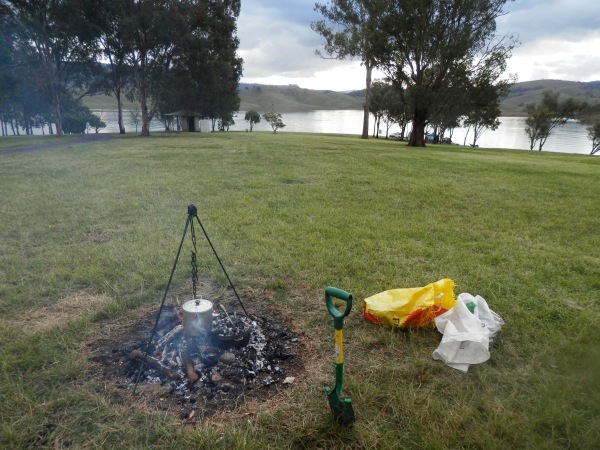
Recipe for Traditional Damper:
| Damper is traditionally a simple Australian unleavened bread baked in the hot coals of a campfire. (Our modern recipe is, of course, not unleavened because it uses self-raising flour.) Recipe Sourced from with thanx: |
Australian Recipe
ingredients turns on highlighting Australian DamperModern version to bake in the oven or try on a campout. Ingredients
Method
Note: to test if it’s done, tap on the loaf and it should sound hollow. Cut into moderately thick slices and serve while still warm. Top with butter, golden syrup, or your favourite jam. Variations: You can add a variety of ingredients to Damper for a different flavour. For example, add desiccated coconut, cinnamon, sultanas and extra sugar for a sweeter Damper. We hope you enjoy this recipe! |
||||||||||||||||||||||||||||||||||||||
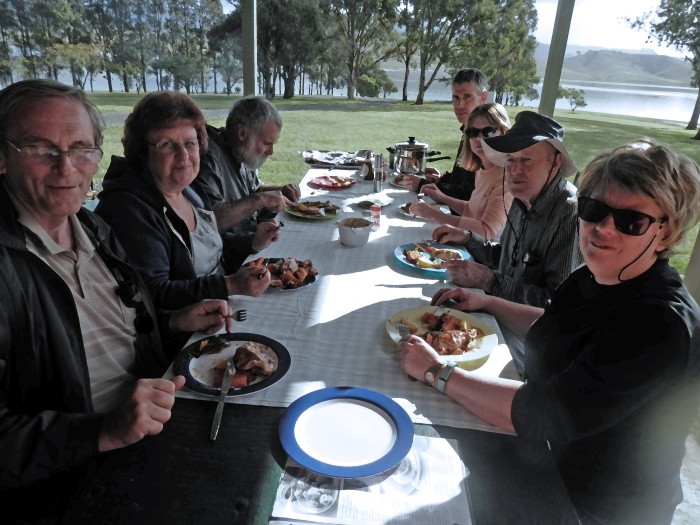


I love the traditional damper cooked by the indigenous people where I was in the NT in the 1990s.
We have never used a Dutch oven, though I have long wished for one!
Sounds like a great meal in a great place with great people. 🙂
LikeLiked by 1 person